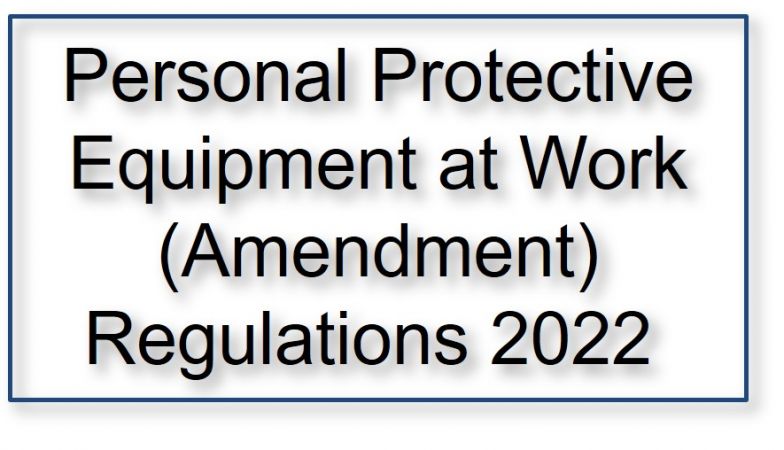6 April 2022
Amended Personal Protective Equipment at Work Regulations
From today, 6 April 2022, Personal Protective Equipment at Work Regulations 1992 are replaced by the Personal Protective Equipment at Work (Amendment) Regulations 2022 (PPER 2022).
Why have the regulations been changed?
The Framework Directive sets out the minimum standards for health and safety through a series of general principles, and the Personal Protective Equipment Directive (PPE Directive) sets out the minimum health and safety requirements for the use of personal protective equipment in the workplace for workers.
The UK implemented the PPE Directive through the Personal Protective Equipment at Work Regulations 1992 (PPER) which places duties on employers to their employees in regard to PPE.
The High Court, in November 2020, found that the PPE Directive required these duties to be extended to ‘limb (b) workers’ and not only ‘employees’.
What are the changes?
The types of duties and responsibilities on employers and employees under PPER 1992 will remain unchanged, but will extend to limb (b) workers, that is workers who generally have a more casual employment relationship and work under a contract for service.
PPER 2022 defines ‘worker’, as both employees and limb (b) workers:
‘“worker” means ‘an individual who has entered into or works under –
(a) a contract of employment; or
(b) any other contract, whether express or implied and (if it is express) whether oral or in writing, whereby the individual undertakes to do or perform personally any work or services for another party to the contract whose status is not by virtue of the contract that of a client or customer of any profession or business undertaking carried on by the individual;
and any references to a worker’s contract shall be construed accordingly.”
Employers need to ensure that there is no difference in the way PPE is provided to workers, meaning assessing the risk and ensuring suitable PPE is provided, when needed, to all people that fall under the definition of worker.
Therefore, if a risk assessment indicates that a limb (b) worker requires PPE to carry out their work activities, the employer must carry out a PPE suitability assessment and provide the PPE free of charge as they do for employees.
Further information on the Personal Protective Equipment at Work (Amendment) Regulations 2022 can be found on the HSE website
